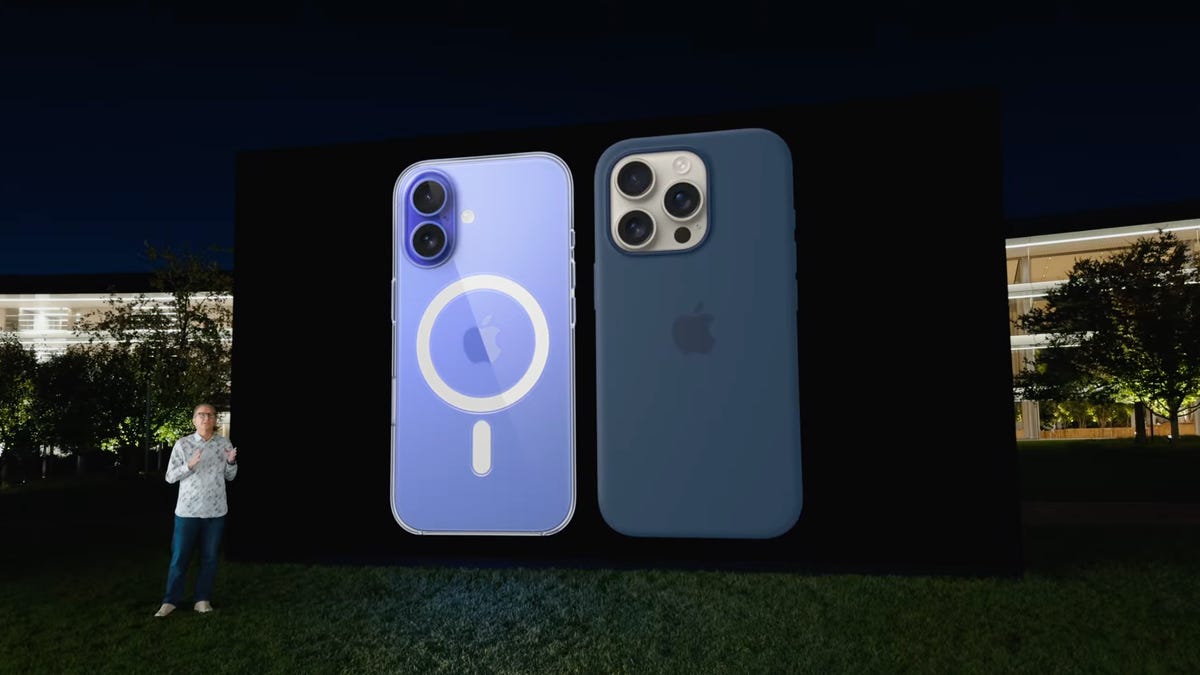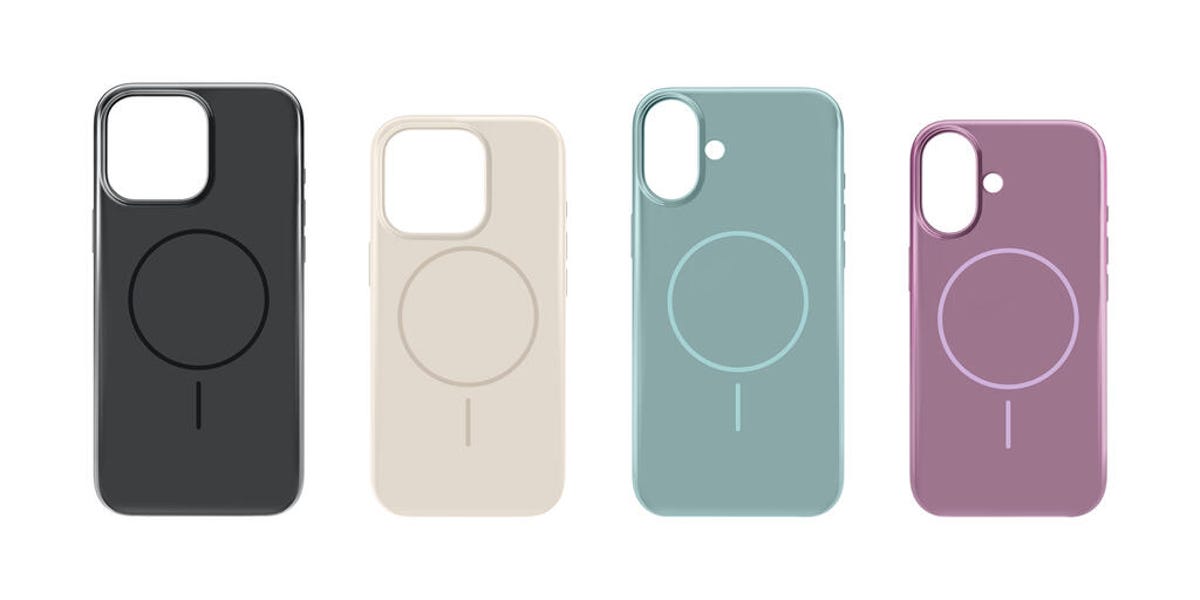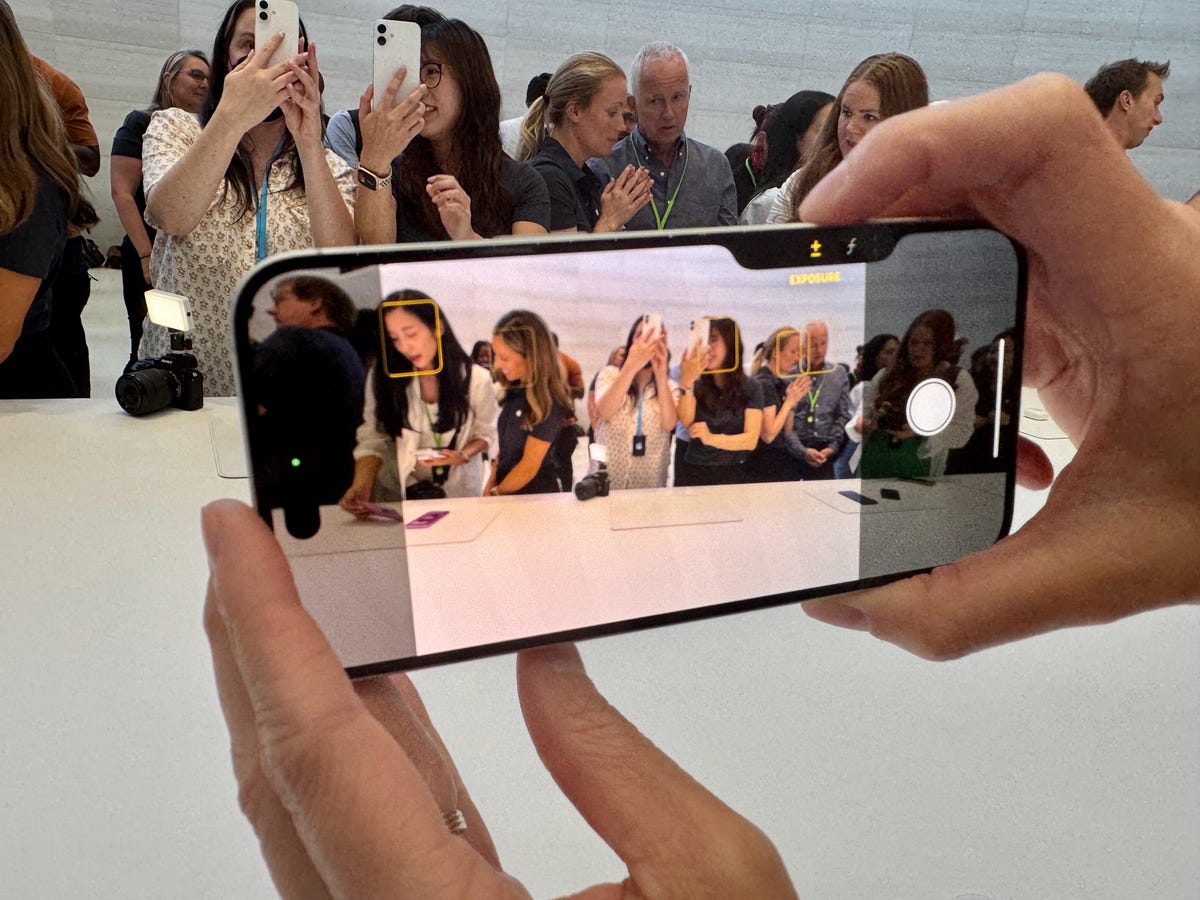Don’t buy an iPhone 16 case yet. Here’s what you need to look for first





After ditching the Alert slider for an Action button last year, Apple is swapping its buttons again with the new Camera Control button on the iPhone 16. This capacitive button is quite the versatile toolbox: it can open the Camera app and function as a shutter, preview, zoom, control toggle and more. It’s appeared on all four new iPhone 16 and iPhone 16 Pro models, and the Action button that debuted on the iPhone 15 Pro has migrated to the regular model this year, meaning none of the models this year will be able to reuse phone cases like the iPhone 15 and 14 could.
A new phone needs a new case. Nothing invokes Murphy’s Law faster than trying to prop a brand-new, bare-bones $1,000-plus phone down on a concrete floor. There are a ton of newly released cases for the new models — enough to make this Android user dizzy with the variety — but you may want to hit the brakes before adding a case to your iPhone 16 preorder on Friday. While the vast majority of third-party cases have cutouts for this new capacitive button, compatibility for Apple’s own cases isn’t entirely clear.

Check this out: iPhone 16 and iPhone 16 Plus: first look
The image below shows the Beats iPhone 16 Case with MagSafe, the first iPhone case from Apple’s branded company, and while Beats says it supports Camera Control, you wouldn’t know that from looking at the renders, so it can serve as an example of what to look for. The capacitive button for Camera Control is located on the bottom left side of the phone’s frame when looking at a phone case from behind. The vast majority of cases have a noticeable cutout around the button, so if the sides are flush like this one, with no hint of a button overlay or notch, that’s your first sign of potential trouble.

Beats is now making iPhone cases for the new iPhone 16 series.
Capacitive buttons aren’t new to phones, and they can still technically be used through a case if special materials or methods are used. In the case of Beats and Apple, their cases “feature sapphire crystal coupled with a conductive layer to transmit finger gestures to camera controls,” offering a cleaner, more polished look than cases with a gaping hole in the bumper. However, that requires additional R&D time, as well as additional material and manufacturing costs, and even when well-designed, it can often feel disjointed to use through all those extra layers.
That’s why we recommend that you be patient before ordering a case for your iPhone 16. It’s not like Apple or Beats cases — or other cases with capacitive layers like The Ultra Hybrid T from Spigen And The UB Mag and UB Grip series from Supcase — don’t work; we just can’t say how Good they will still work. We have to put them through our rigorous testing before we can recommend them to you.

In most cases, this problem is avoided by using cutouts instead, but not all cutouts are created equal. If the cutout is too wide, the bezel and camera control button will be vulnerable to damage, while if it is too narrow, you won’t be able to slide your finger up and down for zoom or aperture controls. Manufacturers have years of experience testing for that sweet spot, though, thanks to the capacitive fingerprint scanners in hundreds of Android phones over the past decade, including most of today’s best foldable phones.
We’ll be testing as many iPhone 16 cases as we can over the coming weeks and months, both MagSafe and old-school, capacitive and cutout, as well as putting the phones themselves through our rigorous testing, so we can see just how upgraded these new cameras are and how easy they are to use with Camera Control. And let’s not forget that there was plenty more announced at Apple’s Glowtime event, from the newest Apple Watches to the not-really-new AirPods Max colors and USB-C charging.

The iPhone 16’s camera control button lets you activate the camera without touching the screen.




